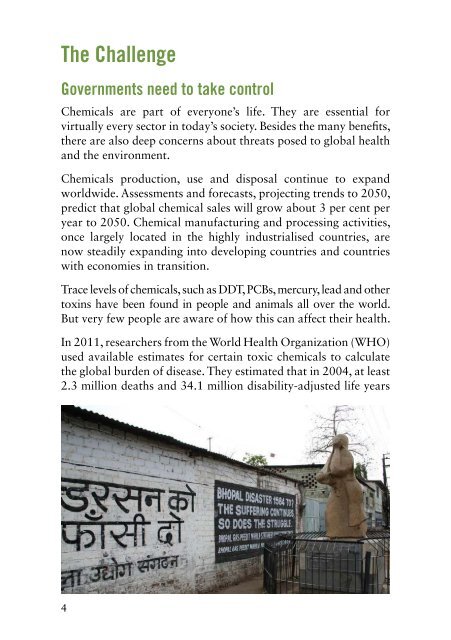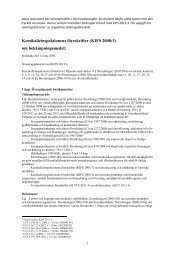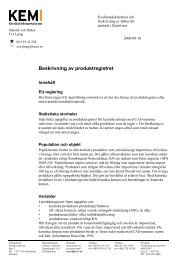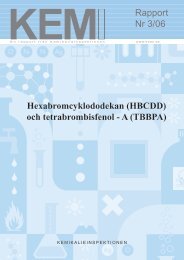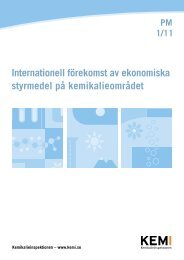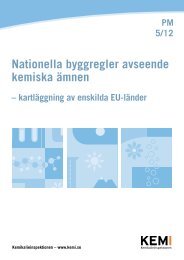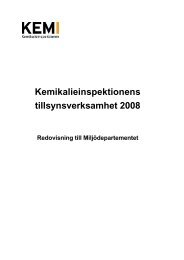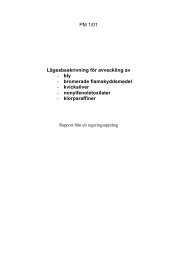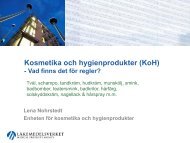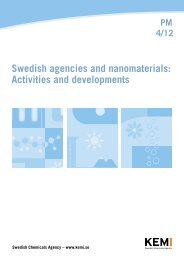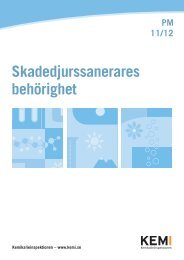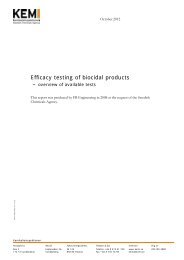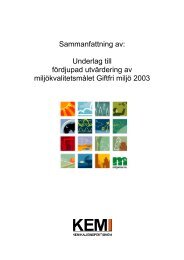Towards a Non-Toxic Environment in South-East Asia
Towards a Non-Toxic Environment in South-East Asia
Towards a Non-Toxic Environment in South-East Asia
Create successful ePaper yourself
Turn your PDF publications into a flip-book with our unique Google optimized e-Paper software.
The ChallengeGovernments need to take controlChemicals are part of everyone’s life. They are essential forvirtually every sector <strong>in</strong> today’s society. Besides the many benefits,there are also deep concerns about threats posed to global healthand the environment.Chemicals production, use and disposal cont<strong>in</strong>ue to expandworldwide. Assessments and forecasts, project<strong>in</strong>g trends to 2050,predict that global chemical sales will grow about 3 per cent peryear to 2050. Chemical manufactur<strong>in</strong>g and process<strong>in</strong>g activities,once largely located <strong>in</strong> the highly <strong>in</strong>dustrialised countries, arenow steadily expand<strong>in</strong>g <strong>in</strong>to develop<strong>in</strong>g countries and countrieswith economies <strong>in</strong> transition.Trace levels of chemicals, such as DDT, PCBs, mercury, lead and othertox<strong>in</strong>s have been found <strong>in</strong> people and animals all over the world.But very few people are aware of how this can affect their health.In 2011, researchers from the World Health Organization (WHO)used available estimates for certa<strong>in</strong> toxic chemicals to calculatethe global burden of disease. They estimated that <strong>in</strong> 2004, at least2.3 million deaths and 34.1 million disability-adjusted life years4


